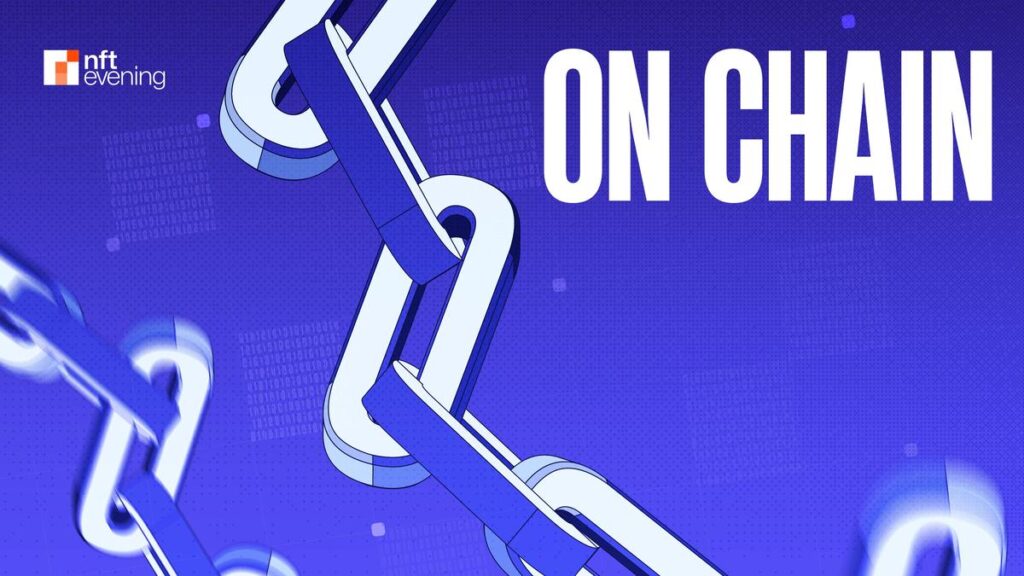On-Chain vs Off-Chain Crypto Transactions: Key Differences
In the realm of cryptocurrencies, on-chain transactions play a vital role in facilitating asset movement within the crypto economy while ensuring decentralization, security, and transparency. This comprehensive guide delves into the world of distributed blockchain transactions, elucidating the distinctions between off-chain and on-chain transactions in the crypto space.
Understanding On-Chain in Crypto
The term ‘on-chain’ in cryptocurrency refers to all activities, information, or transactions that are processed and recorded directly on a blockchain, contrasting with off-chain transactions that occur outside the primary blockchain network.
On-Chain vs Off-Chain: Crucial Contrasts
- Speed and Scalability: Off-chain transactions are swift, bypassing the need for confirmations from the main blockchain network, while on-chain transactions can be slower depending on transaction volume.
- Fees and Costs: On-chain transactions may attract high blockchain network fees, especially during peak demand, making them costly, whereas off-chain transactions typically involve minimal to zero fees.
- Privacy and Security: On-chain data is securely stored on the blockchain, ensuring immutability and transparency, but it is publicly accessible. Off-chain transactions offer more privacy but may be less secure as they are not broadcasted publicly.
Exploring On-Chain Transactions
On-chain transactions involve transfers executed directly on the blockchain, encompassing all transaction stages such as verification, storage, and confirmation within the blockchain network, with transactions being permanently recorded and publicly accessible once confirmed.
Operational Mechanism of On-Chain Transactions
During a crypto trade, transaction details are bundled into a block, submitted to the blockchain for validation, and added to the chain after verification through consensus mechanisms like proof-of-work or proof-of-stake.
Off-Chain Transactions Demystified
Off-chain transactions skip initial blockchain validation, being recorded on-chain upon completion to enhance speed and reduce costs, relying on trusted third parties for transaction validation, albeit introducing centralization risks.
Pros and Cons of Off-Chain Solutions
- Speed: Faster transaction processing compared to on-chain transactions.
- Cost Effectiveness: Reduced or eliminated transaction costs.
- Scalability: Capability to handle a larger volume of transactions.
- Privacy: Enhanced privacy for users desiring transactions to remain private.
However, off-chain solutions may introduce reliance on intermediaries, deviating from blockchain principles of transparency and decentralization, potentially exposing users to security vulnerabilities.
Use Cases of On-Chain Technology
- Smart Contracts and On-Chain Execution: Enabling self-executing smart contracts without intermediaries.
- On-Chain Tokenization and Asset Management: Converting real-world assets into blockchain-based digital tokens for improved liquidity and transparency.
Advantages and Risks of On-Chain Data
- Advantages: Immutable data storage, decentralization, and transparency.
- Risks: Potential transaction delays, increased costs during peak periods, and energy-intensive mining processes.
Choosing Between On-Chain and Off-Chain Transactions
The decision between on-chain and off-chain transactions depends on specific transaction requirements. Opt for on-chain transactions for critical, high-value transfers emphasizing security and transparency, while off-chain transactions suit smaller, frequent transactions prioritizing speed and cost-effectiveness.
Conclusion: The Role of On-Chain in Crypto’s Future
On-chain and off-chain transactions are integral to the crypto sphere, each offering unique advantages and drawbacks tailored to diverse needs. Understanding these distinctions empowers informed decision-making aligned with individual priorities. As the crypto community progresses towards tokenization, decentralized finance (DeFi), and stablecoins, on-chain technology is poised to play a pivotal role in digital finance.


